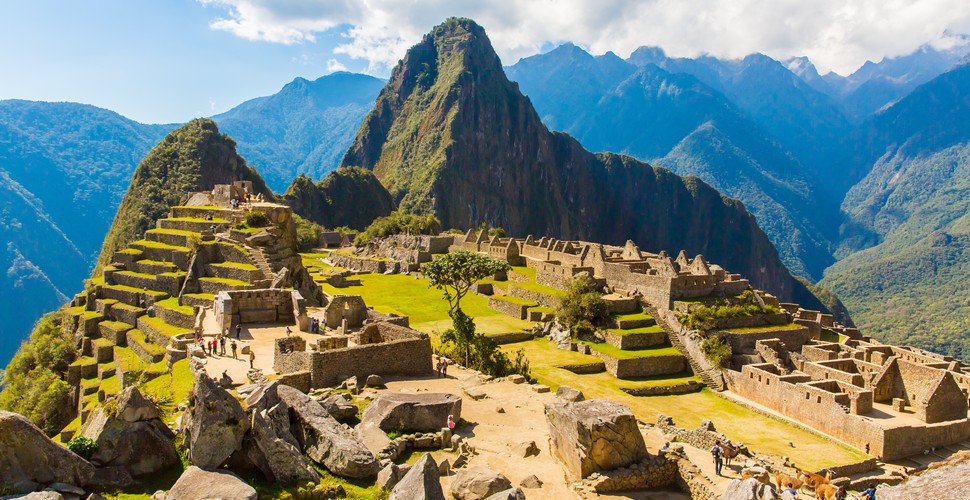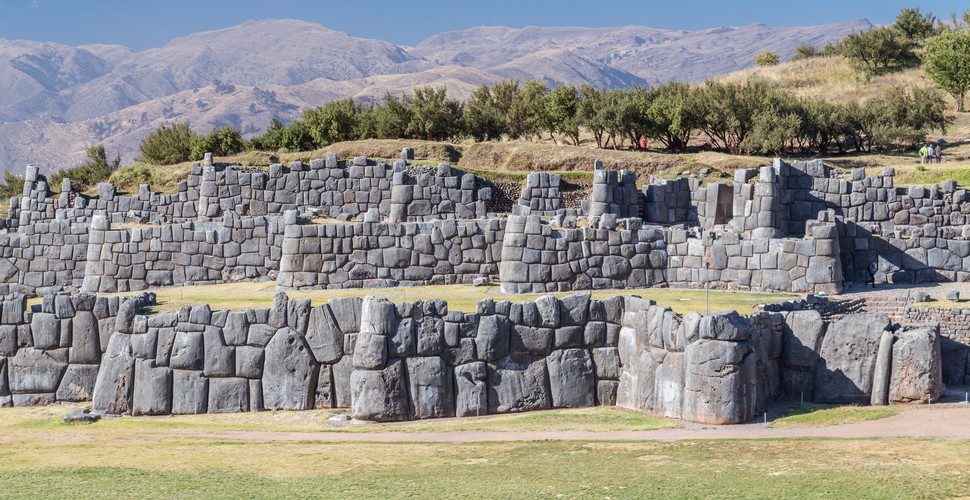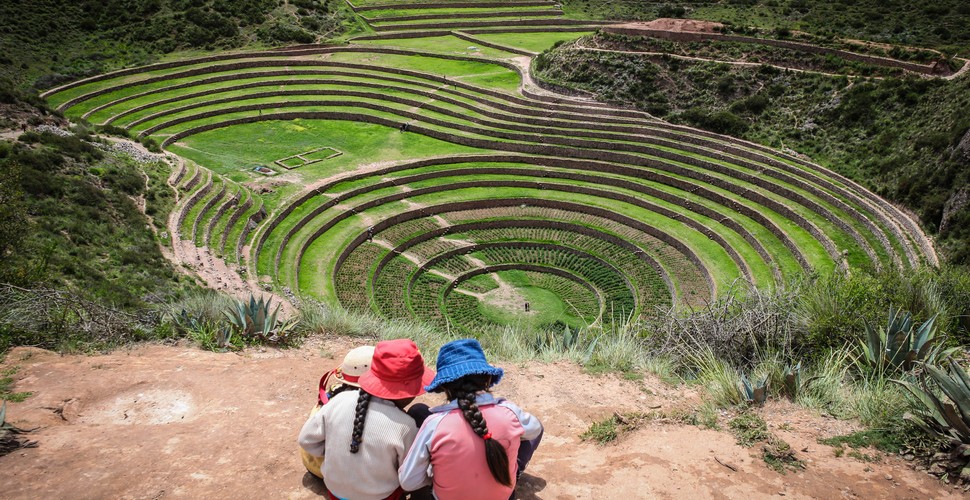
Incredible Peruvian Archaeological sites
Written by:Valencia Travel
Last Update: 2025-10-01
Of course, Peru is famous for being the home of Machu Picchu, and quite rightly so! Machu Picchu is the spectacular, signature site of Peru. Probably the reason why so many people come to visit the country. However, Peru´s archaeological prowess does not begin and end with Machu Picchu Peru is blessed with a number of other impressive Inca and pre-Inca sites and historical ruins throughout the country, so here is a list of some of these impressive ancient sites in Peru. Especially if you are looking for a more off-the-beaten-track archaeological experience. Archaeology in Peru offers never-ending ancient adventures. The country is fortunate enough to have tons of archaeological sites throughout the whole country, and the country is worldwide recognized not only for Machu Picchu but other impressive and lesser-visited archaeological sites. Here is our pick of the best archaeological sites for your trip to Peru.
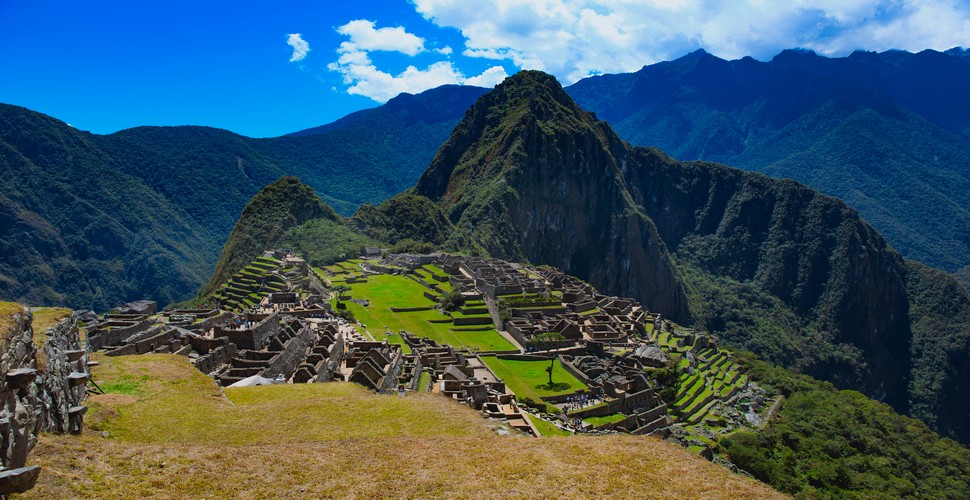
Machu Picchu
Machu Picchu Archeological Citadel
Let’s talk about the elephant in the room first, Machu Picchu. The Historic Sanctuary of Machu Picchu is a cultural and ecological site that was once an ancient Andean Inca Citadel. It was built before the fifteenth century on the rocky outcrop that connects the Machu Picchu and Huayna Picchu mountains on the eastern slope of the Central Cordillera. It is widely regarded as a masterpiece of architecture and engineering due to its magnificent stone buildings that consist of steps, terraces, and pathways and today receives thousands of visitors per day, who come and marvel at this wonder of the world.
Machu Picchu
Choquequirao
Choquequirao is thought to be similar in size to Machu Picchu. This leads us to believe that it is actually a lot bigger! Only a two-day hike outside Cusco, and at a lower elevation, this site attracts fewer crowds than Machu Picchu, with just as spectacular views. This ancient site in Peru can only be reached by walking for now, and is for experienced trekkers, due to the steep ascents and descents, but it is worth every second to arrive at this remarkable site. The archaeological site of Choquequirao is still under excavation and is thought to be as big as or even bigger than Machu Picchu! The size of this site is huge and it’s known as Machu Picchu’s little sister. Either the 4-day Choquequirao Trek or the 8-day option to Machu Picchu is perfect for learning all about the ruins and other interesting facts along the way. Choquequirao is the perfect place to visit if you don’t want to be surrounded by other visitors and want to see one of the greatest examples of Incan constructions in The Andes!
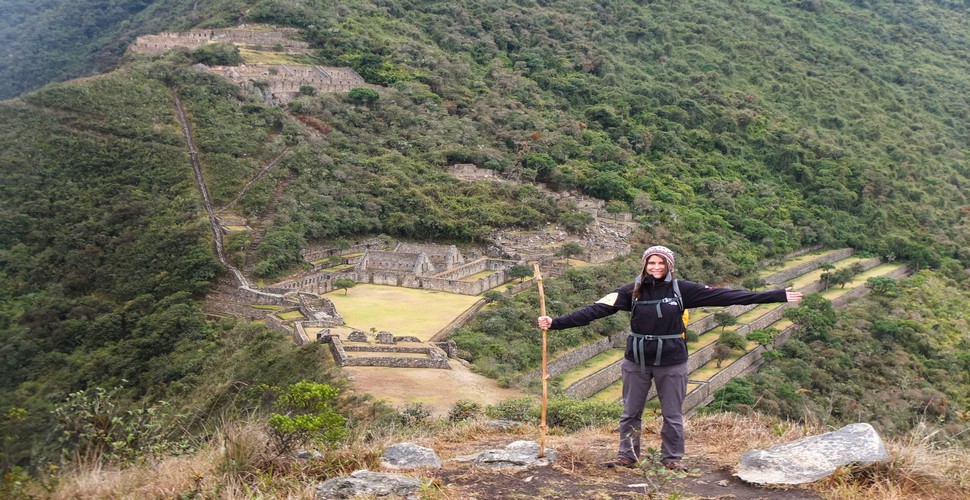
Choquequirao
Chan Chan
Found just outside of Trujillo lies the pre-Colombian city of Chan Chan. It is the largest adobe (mud-brick) city in the world and is still incredibly well-preserved. Built by the pre-Incan Chimú civilization, this massive pre-Inca city was home to an estimated 60,000 inhabitants. Chan Chan Peru, is the largest adobe-built city in the Americas and the second largest in the world. It is formed by nine citadels and the whole complex was the capital of the Chimor Kingdom and the Chimú culture. The plazas and unique architecture are spectacular to wander through and a welcome break from the beaches if you are looking for something a little more cultural! After all, Chan Chan literally translates to "Resplendent Sun”.
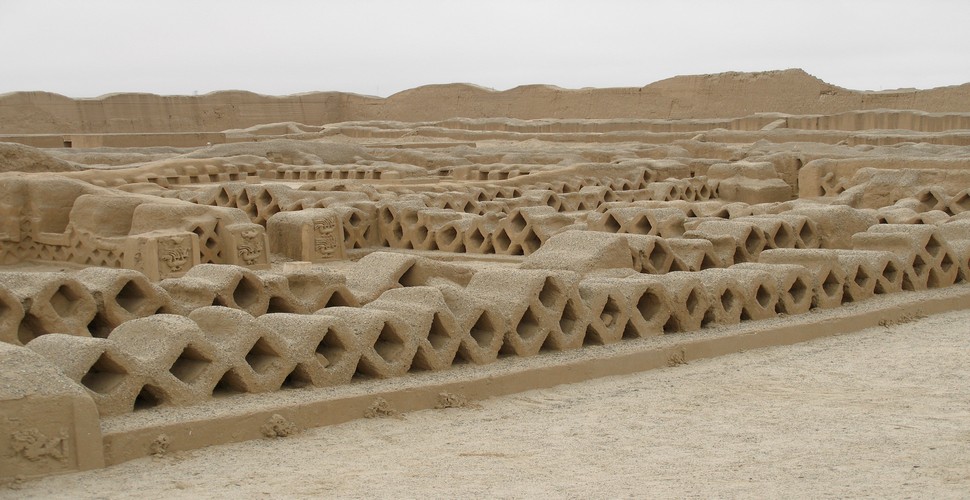
Chan Chan
Vilcabamba
For those interested in Inca history, Vilcabamba is a famous Inca site for its role in the Inca resistance against the Spanish. It is believed to have been the last stronghold of the Incas, as they left the mountains for the lower regions before they eventually fell to the Spanish. There is a road now to Vitcos ruins in the Vilcabamba mountain range, as well as many spectacular trekking options to this site.
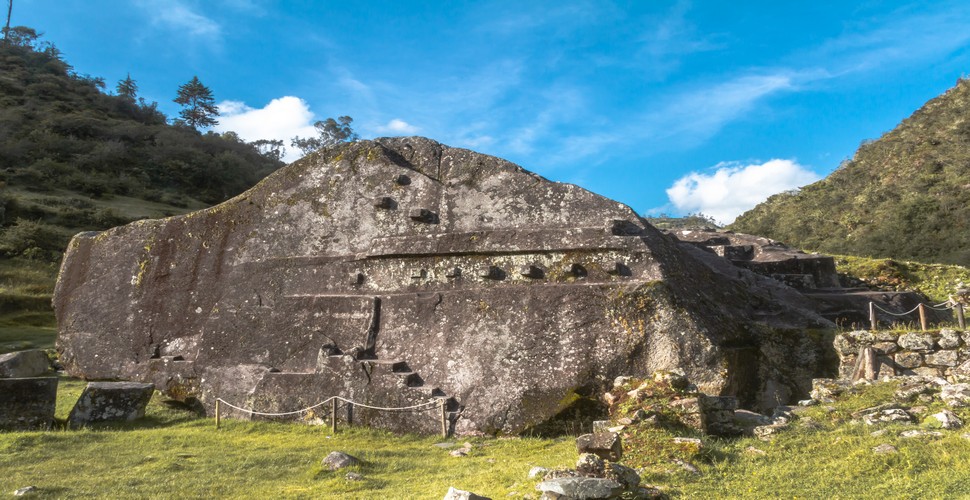
Vilcabamba
Huaca de la Luna
Found on the northern coast of Peru, in La Libertad, Huaca de la Luna is located near the Huaca del Sol, near Trujillo. Along with Huaca del Sol, these ruins are thought to have served religious, military and administrative functions for the Moche people, who were another pre-Inca civilization found in the North of Peru during 100 to 700 AD. The most outstanding components of the building are the reliefs in their mural paintings. The murals use five colors that represent the characteristics and attributes of the Moche divinity called Ai Apaec. While most of the murals on the building have been lost to time, there are still some on the inside of the constructions. The murals mainly depict Moche deities and Gods and are still fantastically preserved.
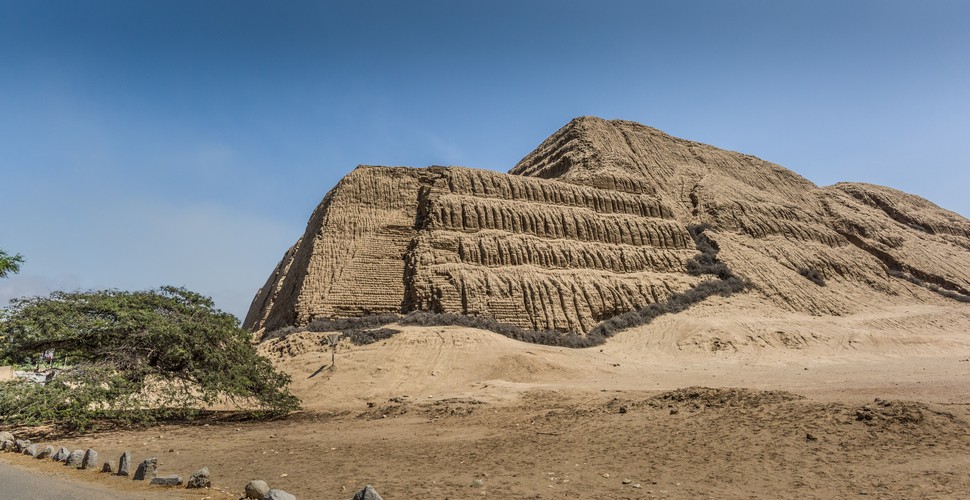
Huaca de la Luna
Ollantaytambo
Ollantaytambo was the royal estate of Emperor Pachacuti and was an important fortress protecting a number of entrances on the way to Machu Picchu. Today the ruins remain in an incredible state of preservation and this quaint town is the starting point of the classic Inca Trail.
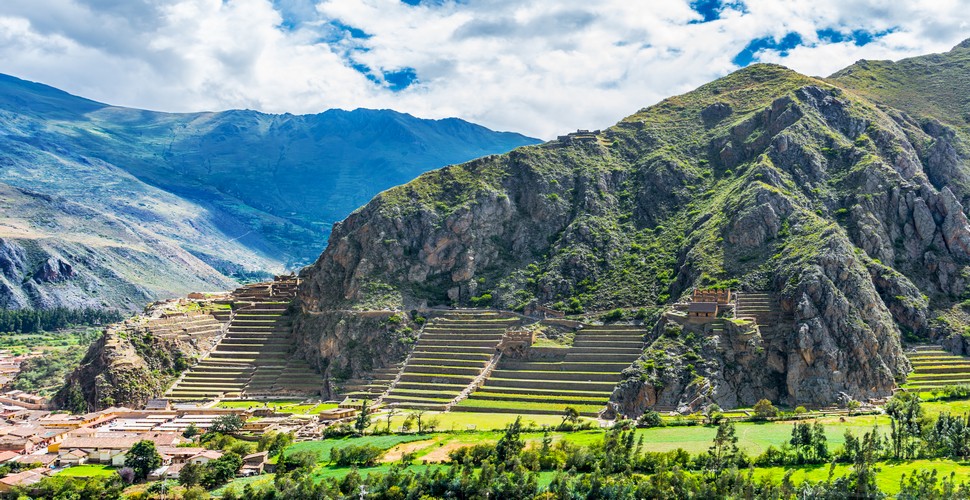
Ollantaytambo
Pachacámac
Pachacámac is found just an hour away from Lima. Pachacamac means "Soul of the Earth." This pre-Columbine archaeological site may not be as impressive as some of the other ruins in Peru, but is of great historical significance. When the Spanish arrived in Peru, this site was captured from the Incas and became the center of cultural activity. This archaeological complex was the most important religious-ceremonial center of the central coast of Peru for more than 1500 years, during the pre-Inca and Inca periods. Its prestige was mainly due to its oracle, as ancient settlers on long pilgrimages from all over the country took part in a great Andean ritual. The Pachacamac ruins are further proof that the Peruvian coast was inhabited by different advanced civilizations during the pre-Hispanic period. Including the Lima culture (200 AD), then the Wari Empire, and finally, the arrival of the Incas in 1470 AD, led by the 10th Inca Tupaq Inca Yupanqui. The Pachacamac ruins are yet another one of the incredible archaeological sites Peru has on offer. You can wander around the ruins with beautiful views of the coastal areas, making it a great day trip from the hustle and bustle of Lima.
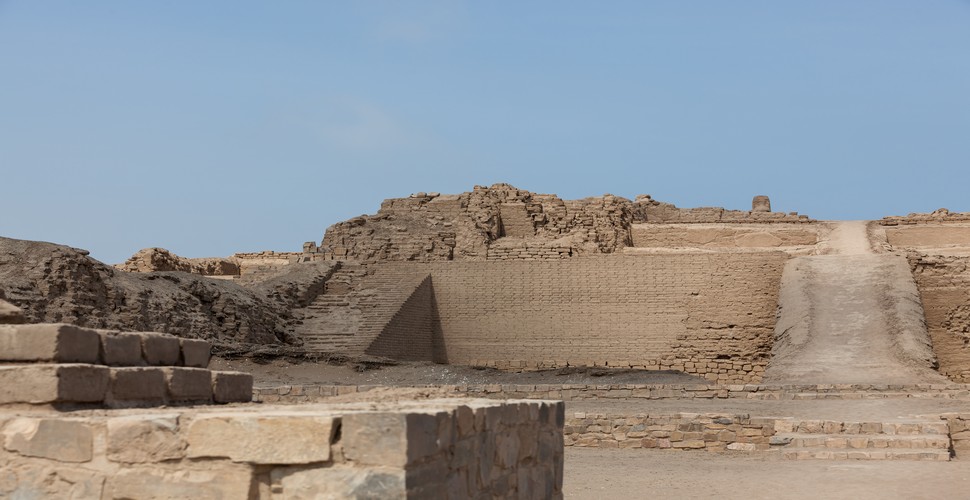
Pachacamac
Kuelap
Located Northeast of Peru, in the Province of Luya, Amazonas. Kuelap is a pre-Inca site that was built by the Chachapoyas culture. The large archaeological site of Kuelap can be found on a hilltop is much older than Machu Picchu and home to hundreds of round structures, mysterious ceremonial buildings, and massive walls. Kuelap´s colossal walls and its intricate interior architecture are evidence of its function as a well-organized society, which includes administrative, religious, ceremonial, and permanent residential areas. and Peru’s only cable car system, at least for now! Found in the northern Andes of Peru, near to Chachpoyas, it is one of the most impressive sites to visit in the north of Peru. The remoteness of this site near the Chachapoyas cloud forest receives national visitors yet is still relatively undiscovered by tourists from other countries. Adding to the enigmatic site.
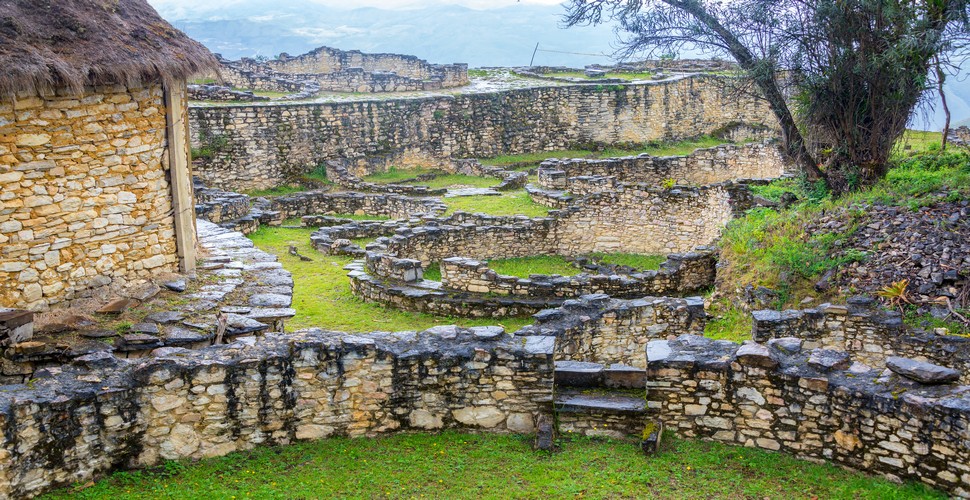
Kuelap
Nazca Lines
These mysterious drawings etched into the land have baffled experts for many years. There are a number of existing theories and possible explanations about why these ancient people drew these massive geoglyphs, and we recommend a fly over the Nazca lines to see them from above You can take a plane ride to see the lines from above, to formulate your own theory.
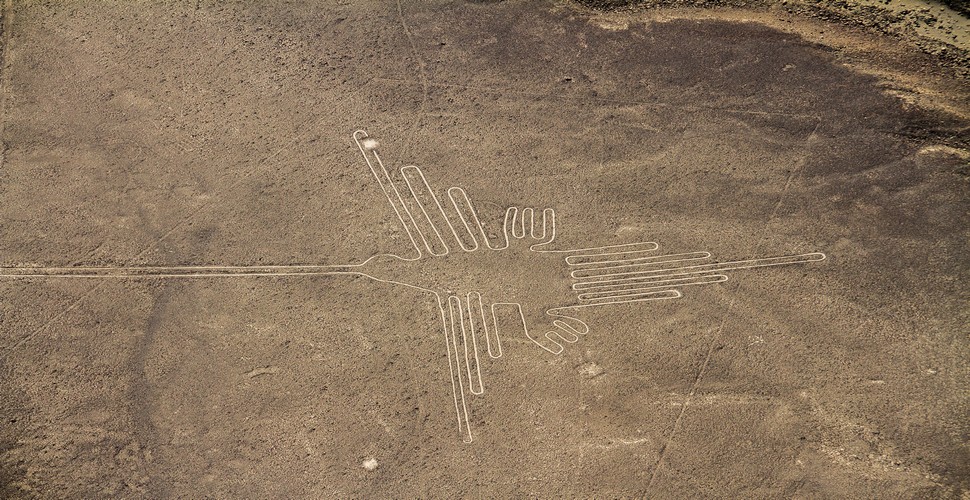
Nazca Lines
Huaca Pucllana
Rising out of Lima’s upscale business district and touristic centre of Miraflores, Huaca Pucllana is a surreal sight, amid the modern urban constructions. Its location couldn’t be more convenient, however being close to all the major hotels of the capital. There is even a gourmet restaurant option on site, for the ultimate unique dining experience.
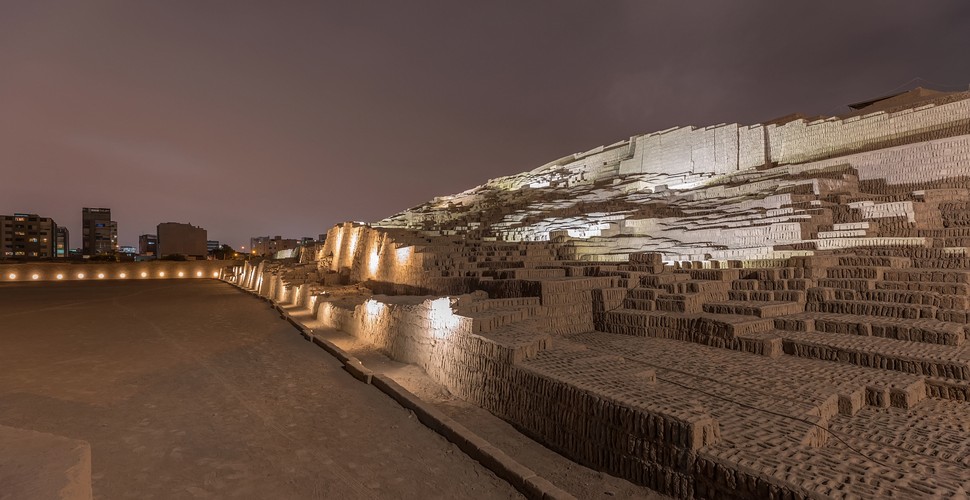
Huaca Pucllana
Lord Sipan’s Tomb
Lord’s Sipan’s tomb is an ancient burial ground of the pre-Incan Moche culture, found just outside the city of Chiclayo. Archaeologists found the remains of priests, warriors, and Moche royalty within the monument-like structure and a museum has been constructed, just outside of the city of Chiclayo, to allow visitors to view the artifacts found there.
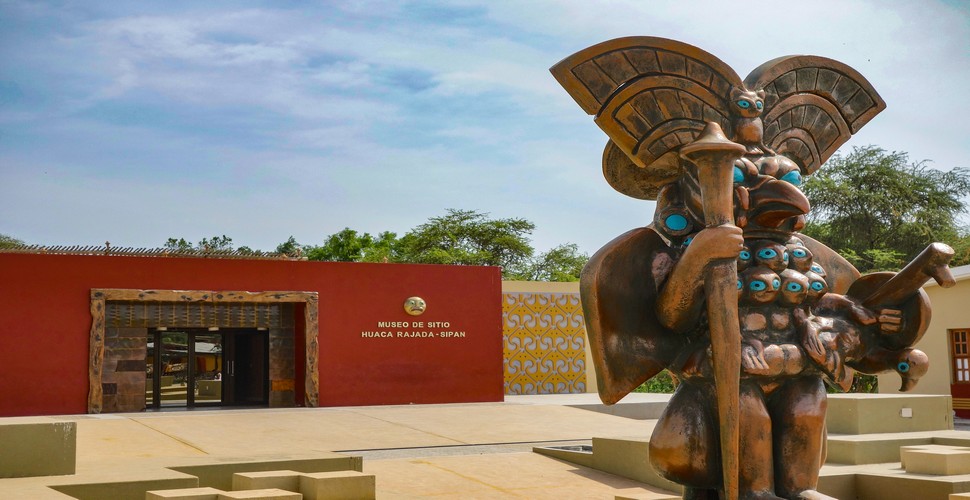
Sr de Sipan
Sacsayhuaman
Sacsayhuaman means "The place where the falcon is satiated.” This Inca "ceremonial fortress" with its megalithic walls is the greatest architectonic work of the Incas during their rule. According to the Inca chronicler Garcilaso de la Vega, the fortress had a singular panoramic view of the surroundings, including the city of Cusco. This magnificent archaeological site in Peru still remains in an excellent state of preservation and be easily visited on a day trip from Cusco.
Saqsaywaman
Pikillacta
If you want to see an impressive Pre-Inca archaeological site then one of the best ancient sites, Peru has to offer is just a short trip from Cusco. Pikillacta can be found just to the south of Cusco and extends over a large area. It was built by the Wari culture and means the “place of the fleas”, perhaps because the people were so small. The stones used to construct this site were very different from the ones the Incas used, but the setup and way of forming rooms are a little similar. The archaeological site itself is large, but if you continue to drive around the area, you’ll see the ancient walls all around the region, suggesting the site had a bigger radius. Many people visit this impressive Wari complex on their way to Lake Titicaca and it is certainly worth the stop-off here.
Moray
Historians still don’t quite understand why the deep depressions plunge into the ground at Moray. Archaeologists have found out one interesting thing, however, that the circular formations create different microclimates, which would have been productive for growing crops at high altitudes. Moray is thought to be an Inca Agricultural site and it has been proven that the site was also used for ceremonial purposes. Moray is 50 km from the city of Cusco and can be easily visited on a day trip from Cusco. Moray is one of the most fascinating archaeological sites Peru has on offer and we recommend a trip to Moray as part of your Sacred Valley Tour.
Moray
The Enigmatic Chankillo
Found in the North of Peru, amidst the breathtaking landscapes of the coastal desert, lies an ancient marvel that has captured the curiosity of astronomers, archaeologists, and travelers alike – the Chankillo Archaeoastronomical Complex. Often dubbed as the "Stonehenge of the Americas," Chankillo stands as a testament to the ingenuity of ancient civilizations and their profound connection with the cosmos. This remarkable and largely unheard-of archaeological site is of incredible significance and contains the oldest and best-preserved astronomical observatory in the Americas. Read on for more fascinating insight into this ancient astronomical observatory of the Casma people and why you should think about a visit to this lesser-visited archaeological site in Peru.
These are just a few of the mind-blowing ancient sites Peru has to visit. There are many, many more impressive archaeological sites to visit on your Peru vacation! So if archaeology is your thing, contact us here to find out more and how you can visit!
 Aventure
Aventure
 Cultural
Cultural
 Gastronomy
Gastronomy
 Wellness
Wellness
 Local Living
Local Living
 Luxury
Luxury
